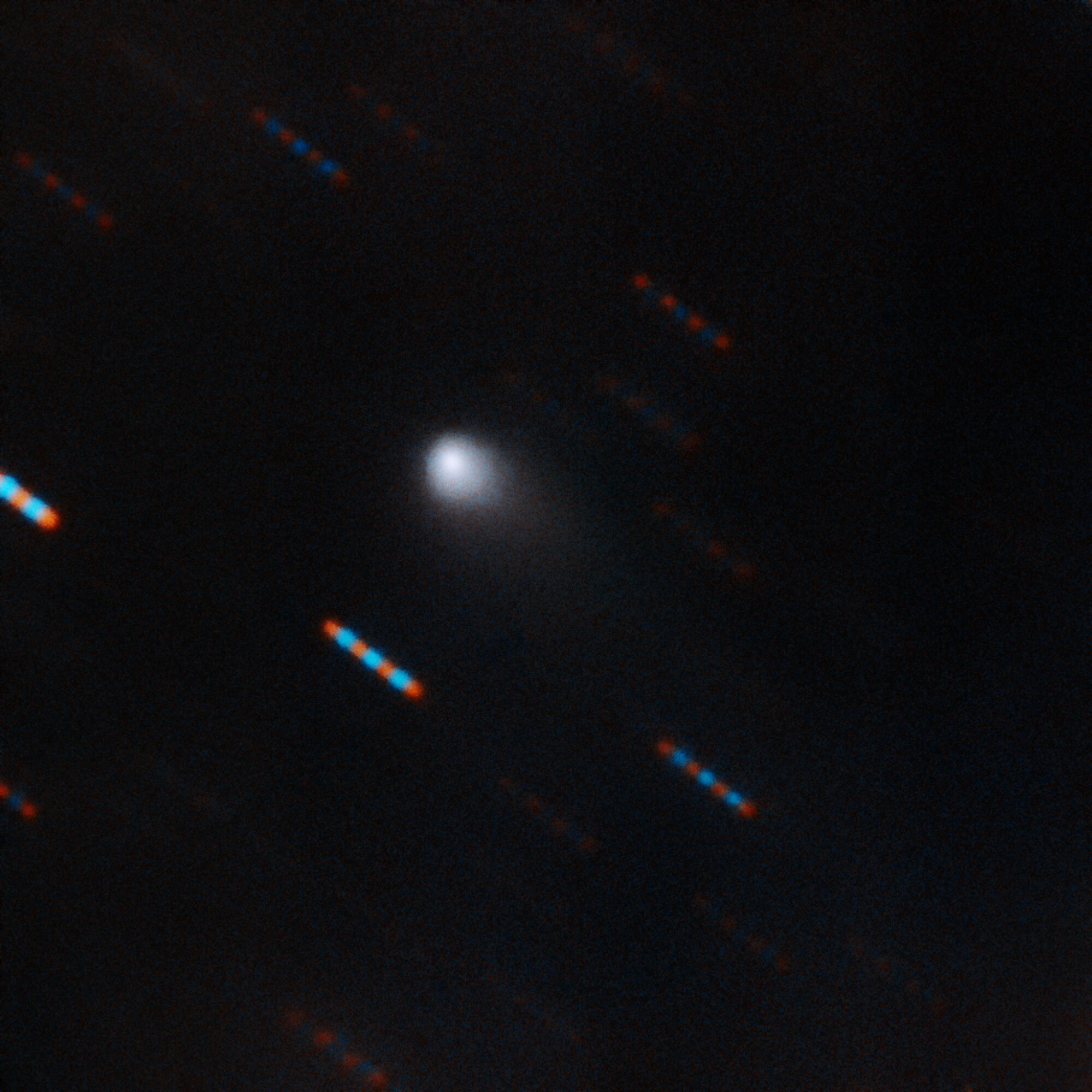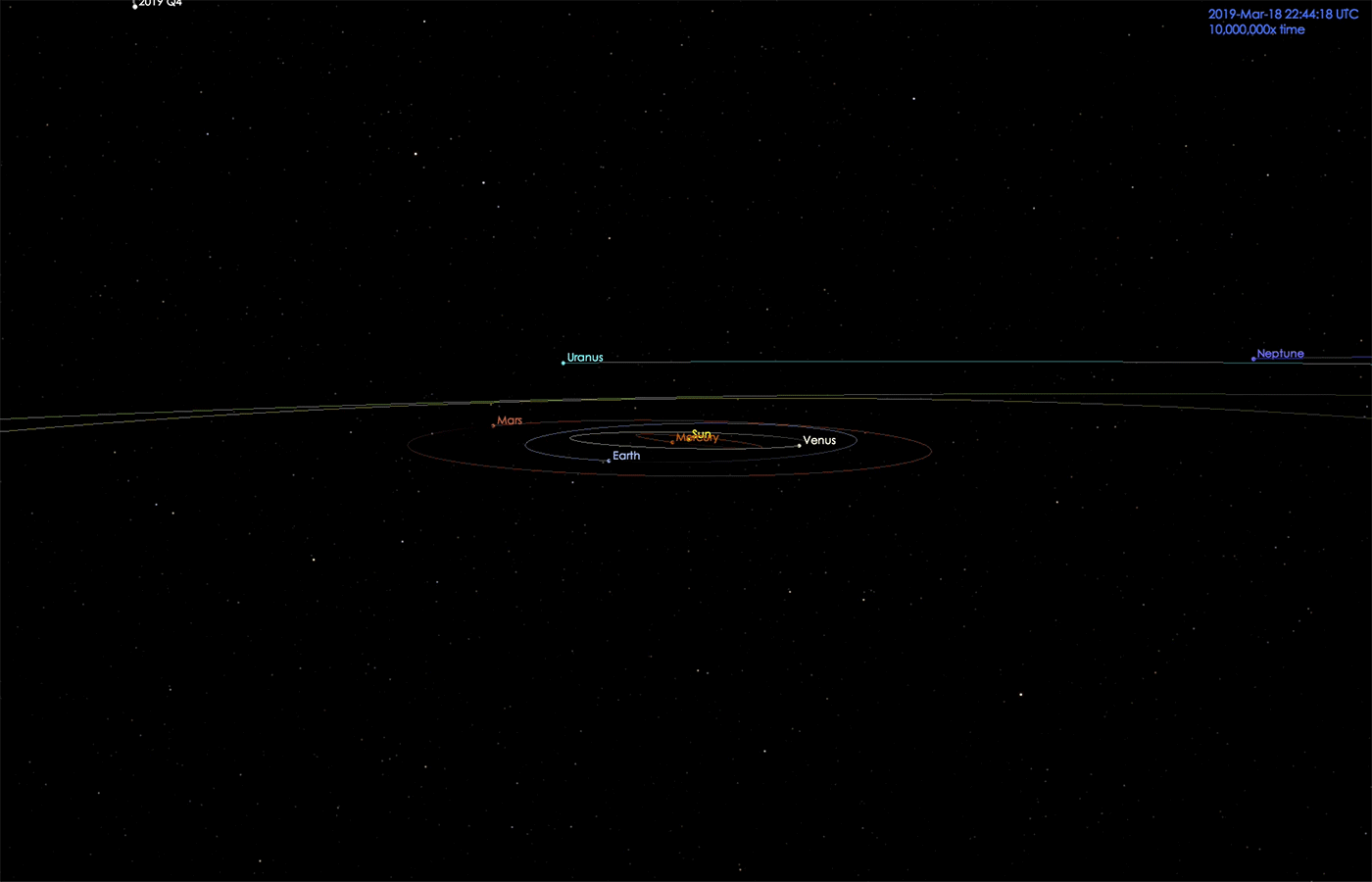Our second interstellar visitor has a name: 2I/Borisov
Were we being too loud, or did they just want to see Earth before it’s too late? Our Solar System is apparently becoming a popular destination point with extrasolar tourists. All jokes aside: After ‚Oumuamua at the end of 2017, astronomers have apparently just photographed our second interstellar object, which is currently moving toward the Sun.
The object was first discovered on August 30th. That night, amateur astronomer, Gennadi Borisov, found a comet-like object (initially called C/2019 Q4) in the skies over Crimea using his self-built 0.65-m telescope. At that time, it featured a coma and has since also developed a short tail. One week later, observatories all across the world had confirmed the discovery. The comet is moving on a hyperbolic trajectory at 150,000 km/h toward the Sun from an angle of 40 degrees to the ecliptic. Thus, after ‚Oumuamua (which is now considered an asteroid), it is the second interstellar object, and the first interstellar comet, seen in our system.
Accordingly, the object now also has an official designation: 2I/Borisov. “2I,” because it is the second interstellar object, and “Borisov” after its discoverer. 2I/Borisov will reach its point closest to the Sun (perihelion) on December 7, 2019. At that time, it will be two astronomical units from the Sun and also from the Earth. The comet will be brightest in December and January in southern skies. Then it will start moving away again; likely never to be seen by us again.
Differently than for ‚Oumuamua, which wasn’t discovered until it was already on its way out of our Solar System, astronomers will have a lot of time to analyze this new exotic object. Its size is currently difficult to estimate, because the nucleus is hidden in its coma; it is probably a few kilometers large. The 10.4-meter telescope in the Canary Islands has already captured a spectrum that is similar to comets that we’re familiar with. Of course, astronomers are now wondering: if no one had ever seen an interstellar visitor before, why have two now been discovered in such a short amount of time? And are they different from the celestial bodies of our Solar System?


Thank you for these posts Brandon. I would love to have seen this from space, maybe the Space Station, Yes?
You surely could if you were there 🙂
Is it possible to follow the orbit of this visitor backwards to discover its possible source?
Yes, it will be possible to track it back to a source after the actual course has been determined with good precision. Right now it’s too early. For our last visitor, Oumeamea, they found four possible sources.